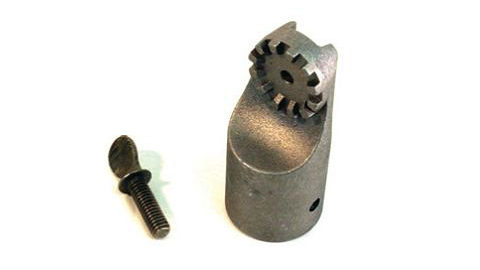Here are some guidelines:
Home Wash
- Wash separately in a Normal or Cotton cycle at any water temperature up to a maximum of 140ºF (60ºC). Use any typical home laundry detergent. Do not use tallow soap containing animal fats).
Turn garments inside out before wash to reduce streaking from abrasion. Fill the washer no more than 2/3 full and use high water level.
DO NOT use chlorine bleach or liquid nonchlorine bleach.
Do not use starch or fabric softeners as they may coat fibers and mask FR performance and/or serve as fuel in the event of garment ignition.
- The use of conditioned or soft water can help improve removal of contaminants from garments. Hard water precipitates soaps and can result in the build-up of calcium and magnesium salts. These can serve as fuel in the event they are exposed to a source of ignition.
- It is important that all soils and other contaminants are completely removed from garments during the wash process. This may require the use of stain removal products, such as Shout®, Spray ‘n Wash®, or Zout®; or presoaking garments prior to washing. The use of hot water can often make detergents more effective in the removal of soils. If all contaminants cannot be removed in home care, garments should be dry cleaned.
- Do not over dry garments. If desired, you may press with an iron on the Permanent Press/Low setting.
- Always consult the garment manufacturer for detailed instructions and precautions.
Dry Clean
- Either perchloroethylene or petroleum solvent may be used.
Stain Removal
- If garments become contaminated with flammable substances, they should be removed immediately and replaced with clean flame resistant apparel. Either home or industrial laundering may successfully remove most types of both flammable and non flammable soils. However, home laundry detergents may not successfully remove some types of soil found in industry, especially heavy greases and oily soils. If flammable soils are not completely removed, the flame resistance of the garment may be compromised.
- It may be difficult to determine that flammable soils have been completely removed, but indicators would include the presence of stains and/or odors after laundering. However staining alone is not an indication that the soil has not been adequately removed. If it appears that the garments may still be contaminated after home wash, laundering at a local commercial or industrial laundry may be required. Dry cleaning may be used to remove oils and greases.
- Flammable materials are for the most part volatile substances that dissipate into the atmosphere, for example, gasoline. Stains remaining after laundering on the other hand are either un-removed contaminants or, more likely, simply discoloration of the fabric.
- Always consult the garment manufacturer for detailed instructions and precautions.




